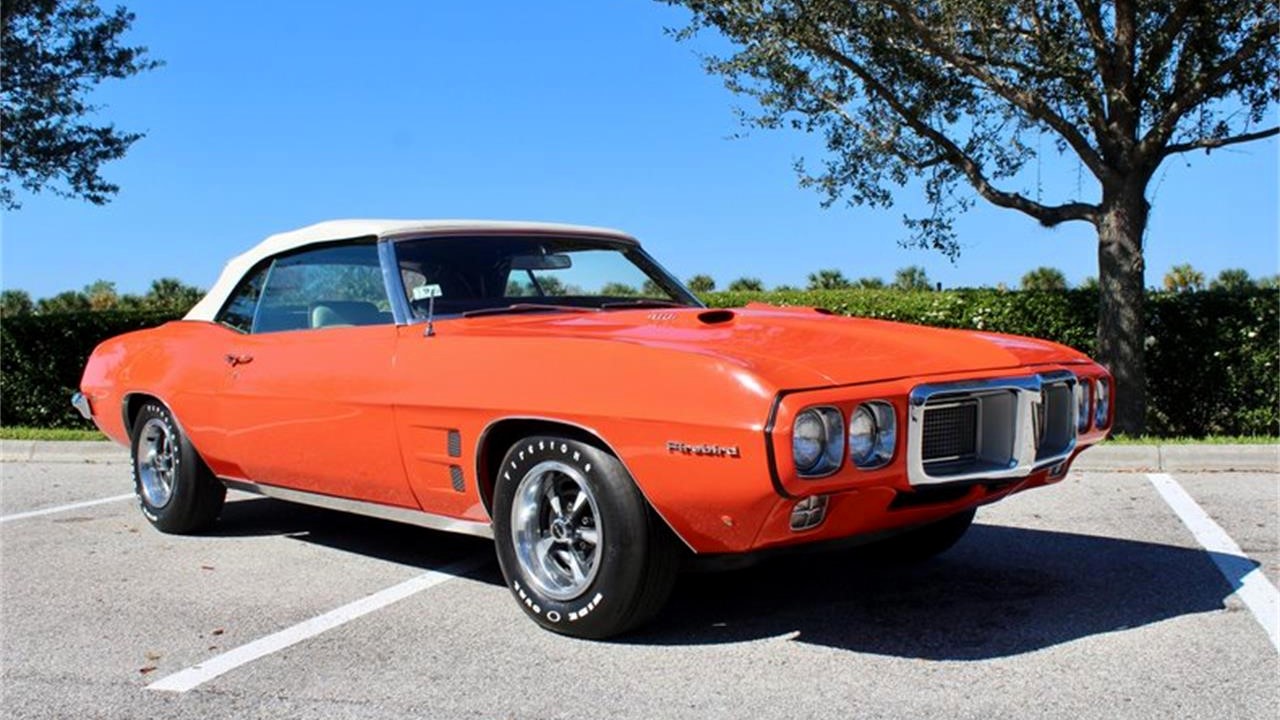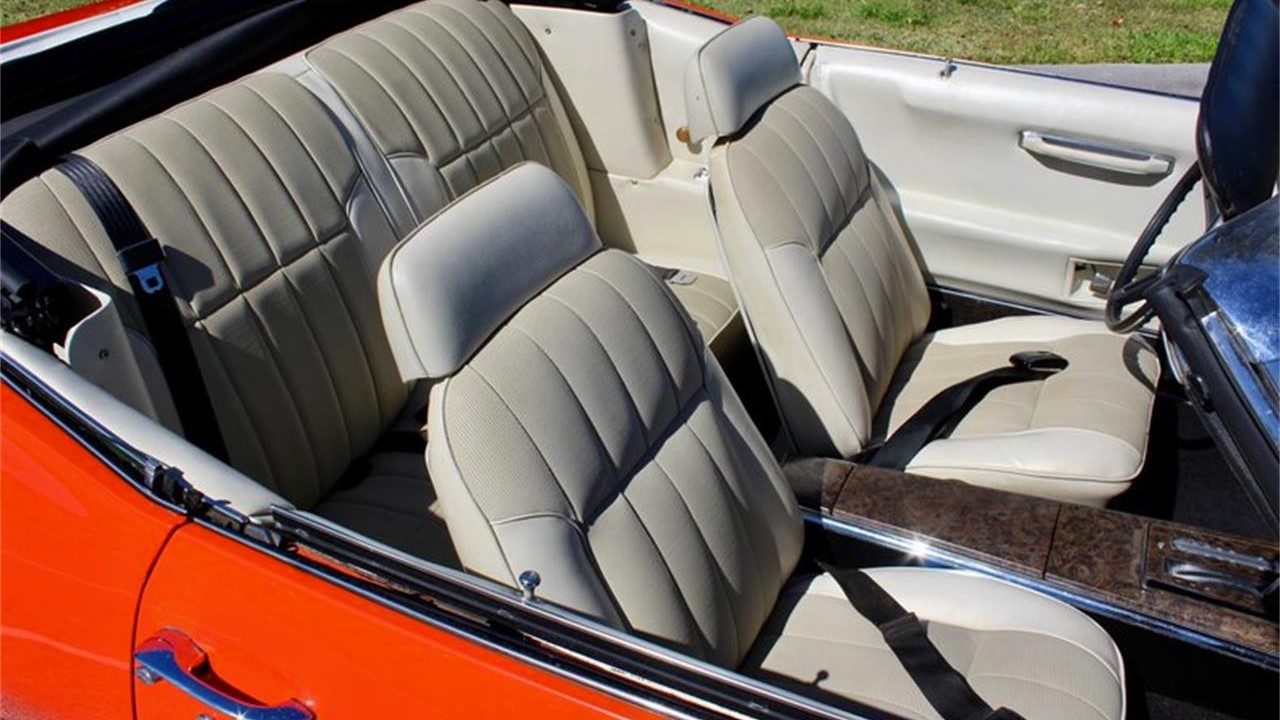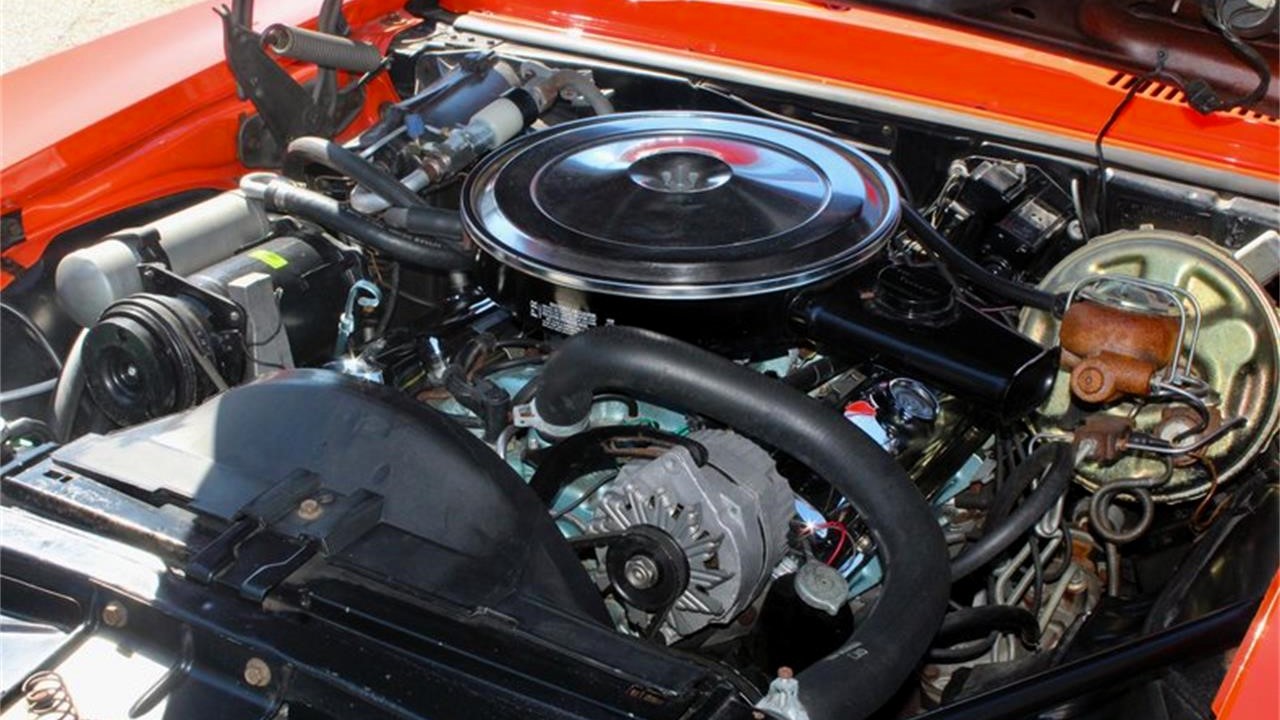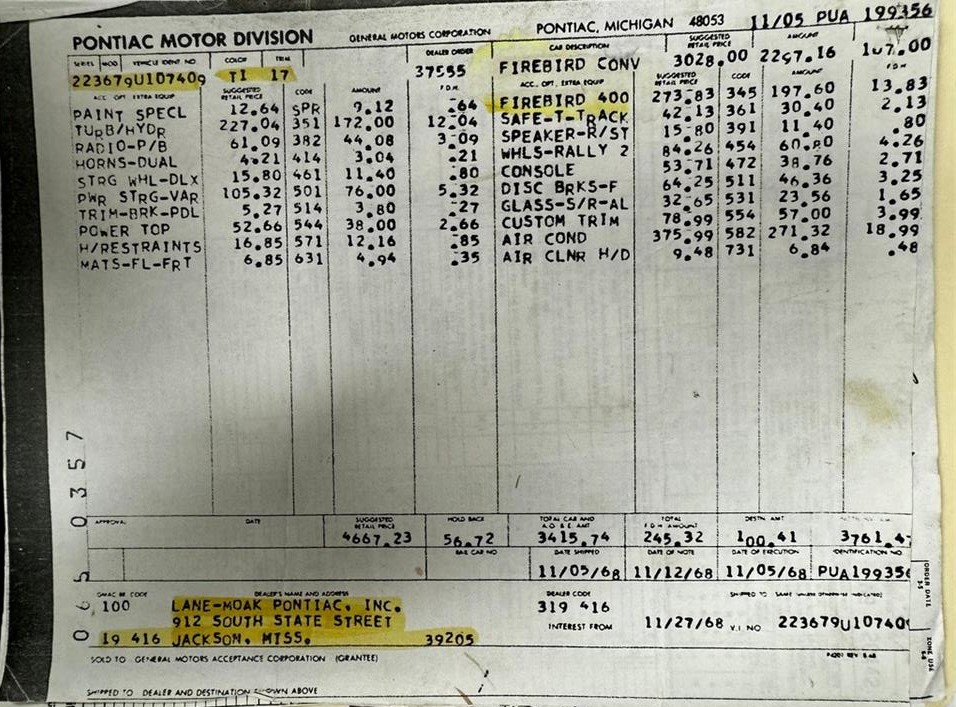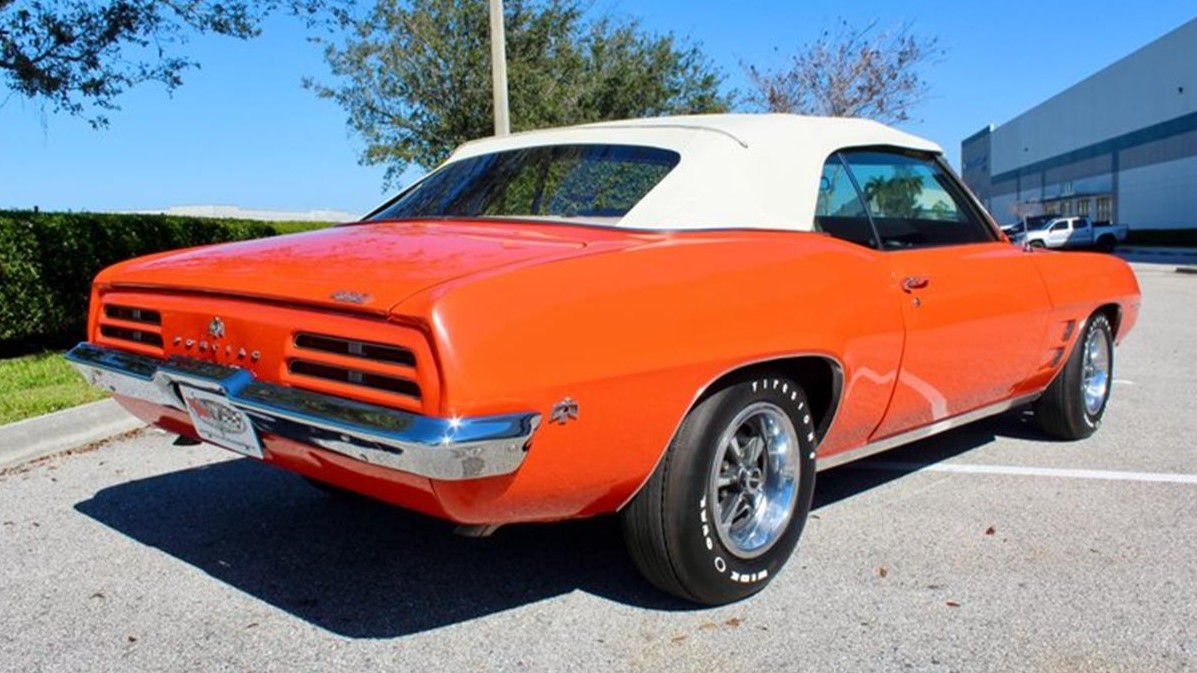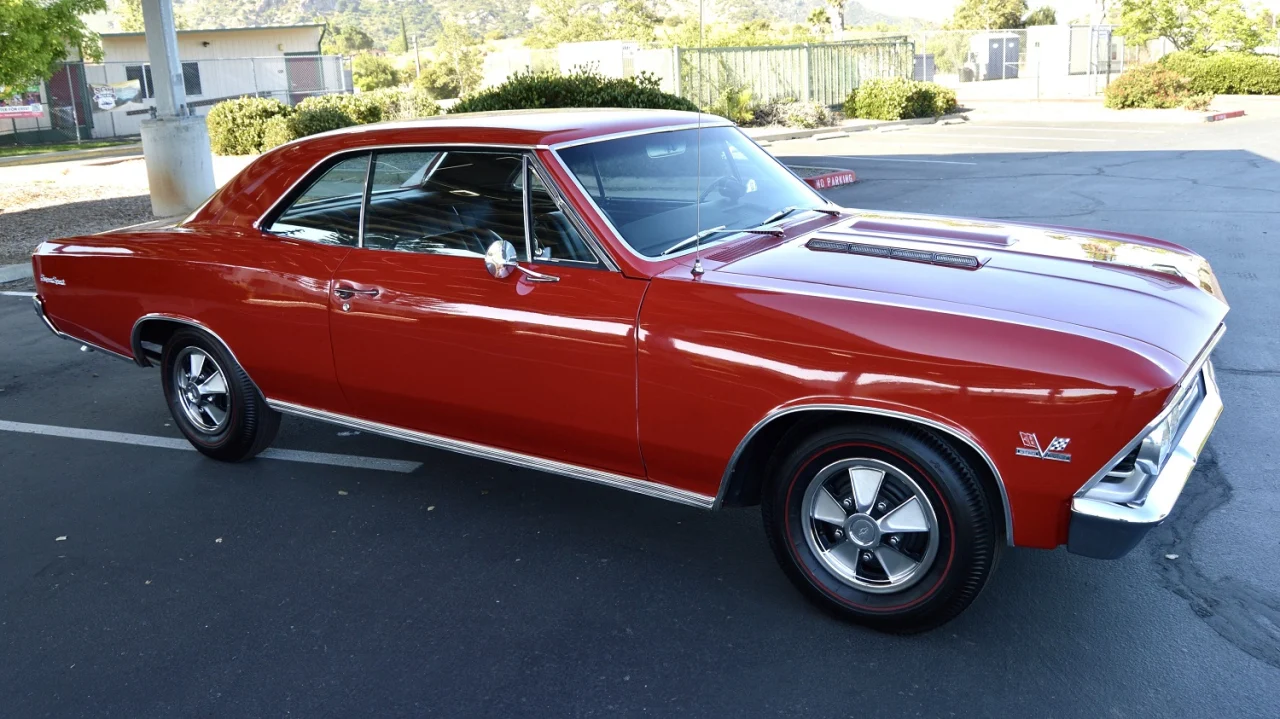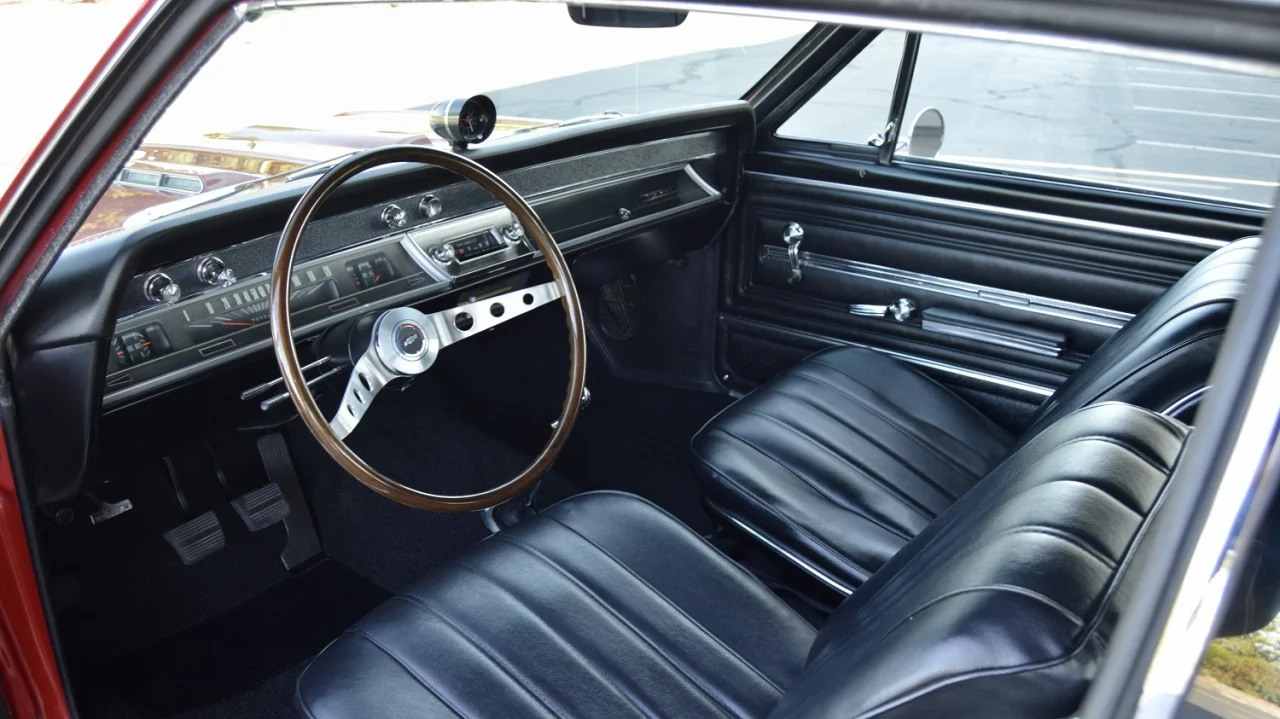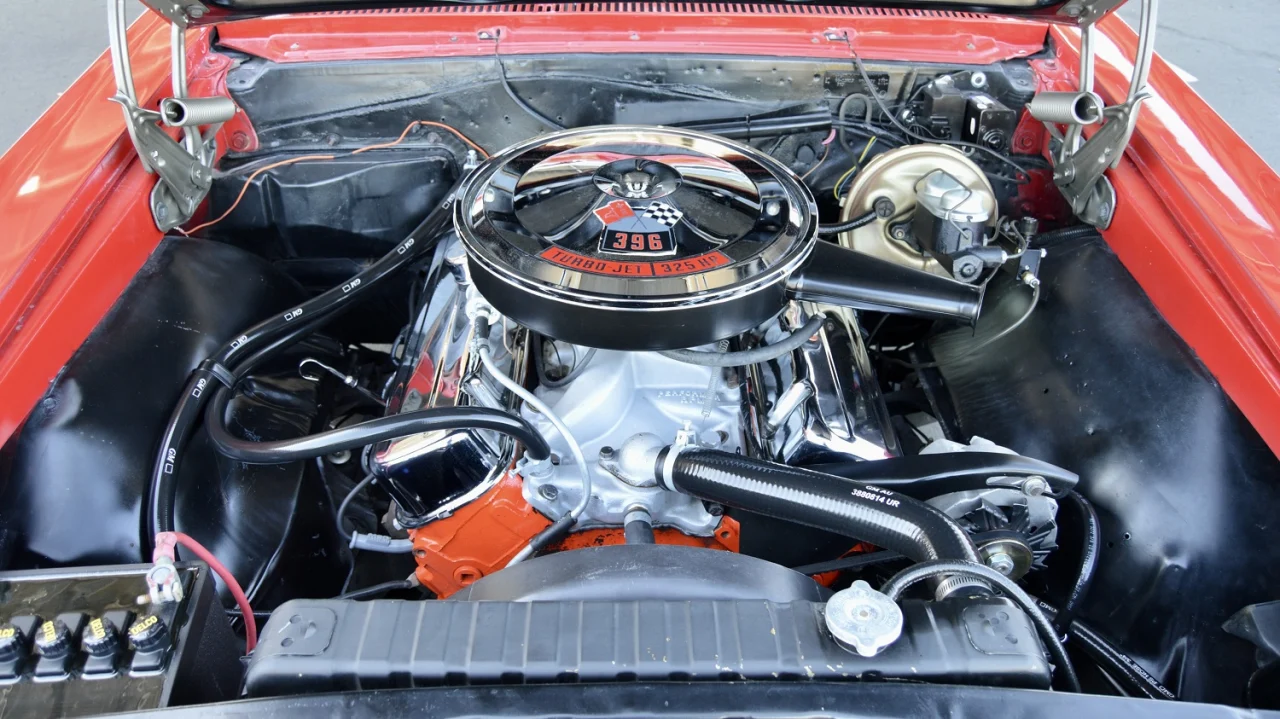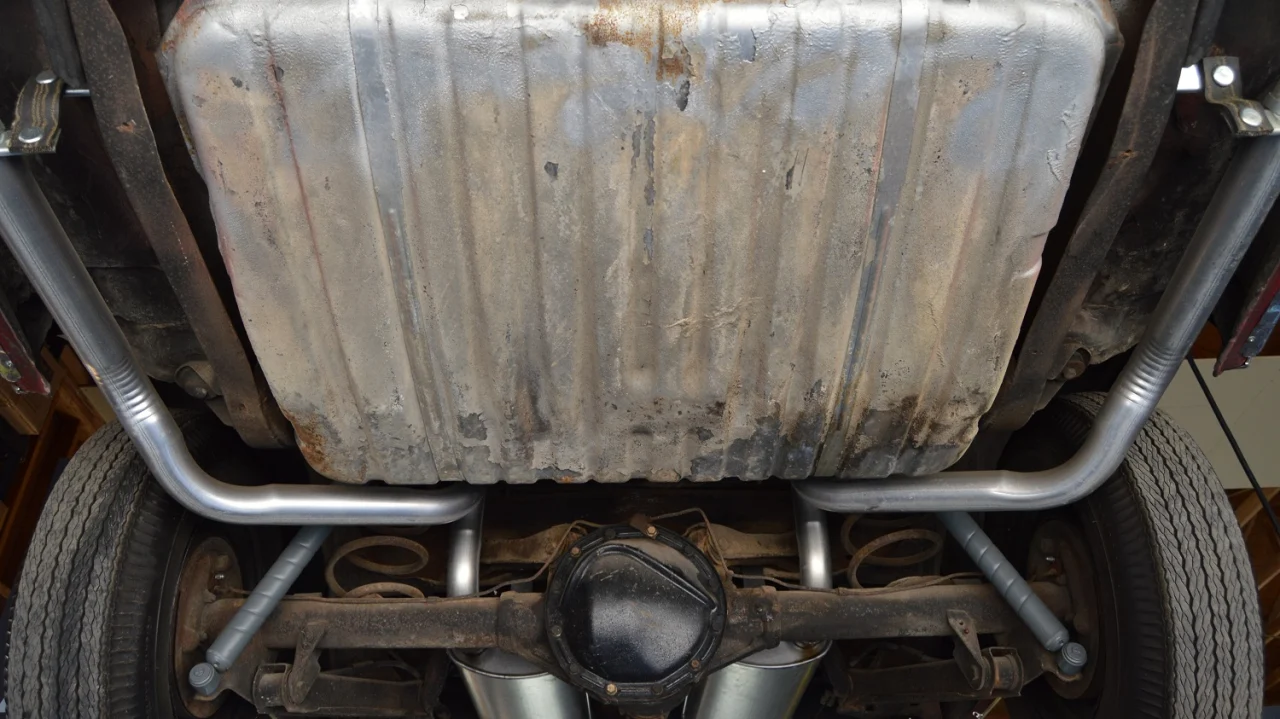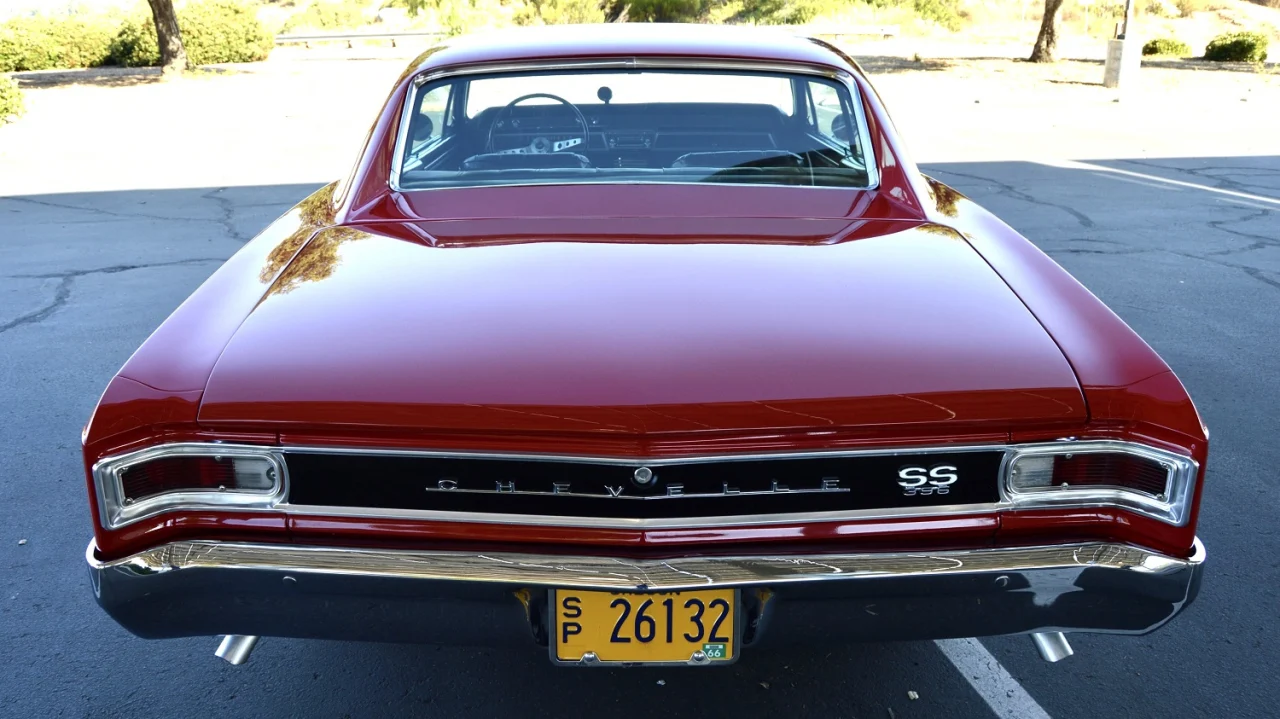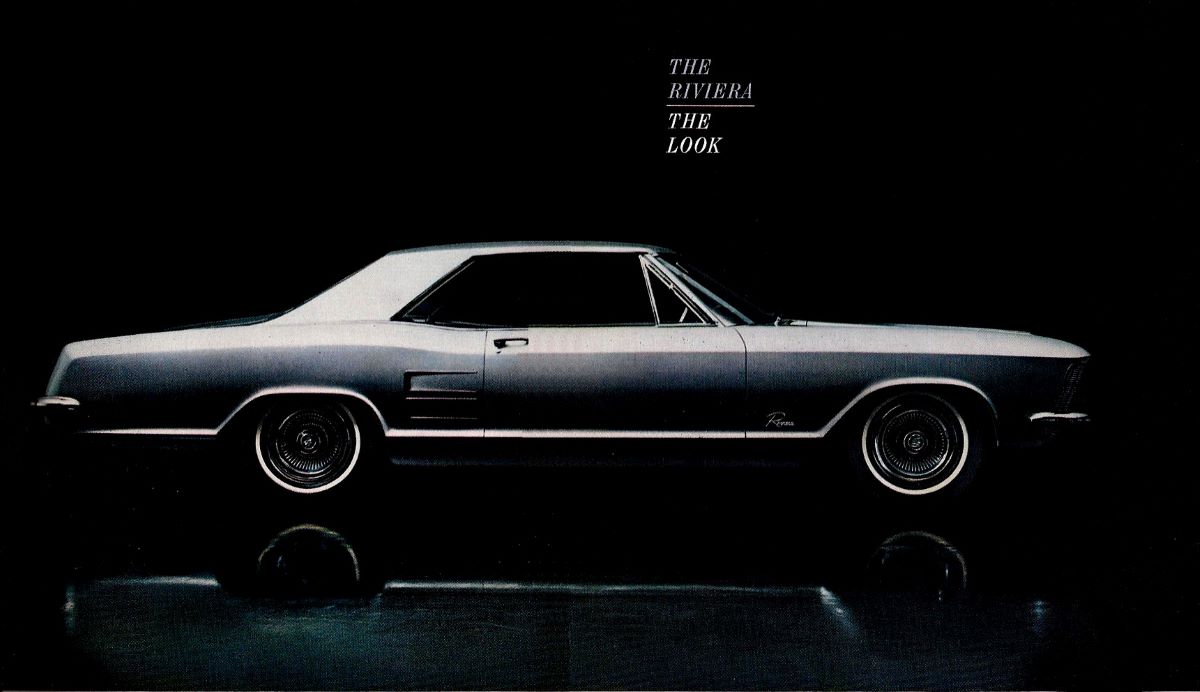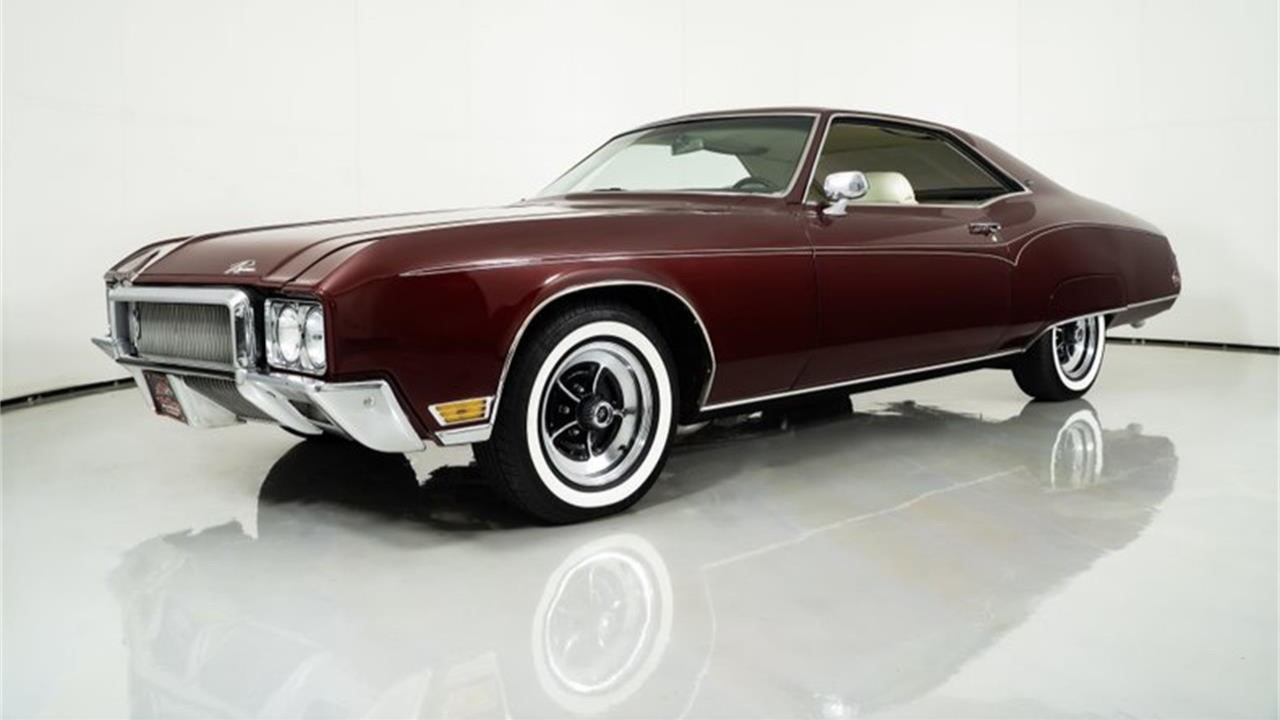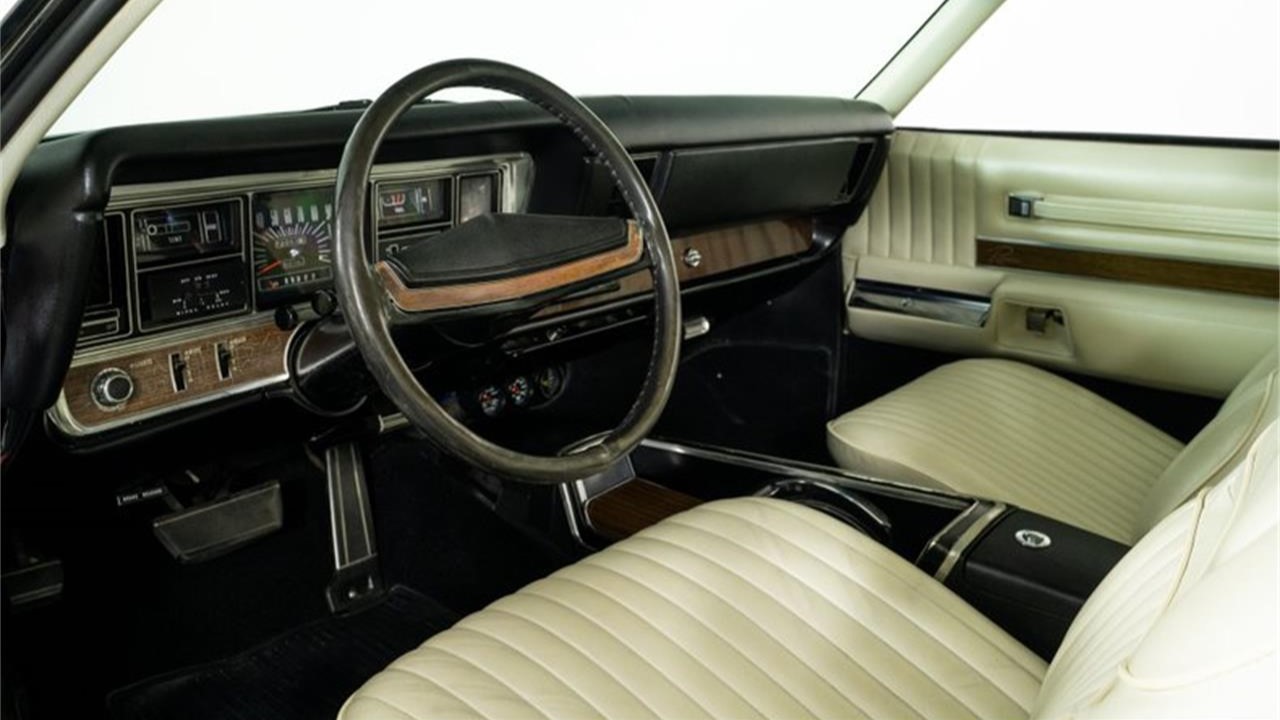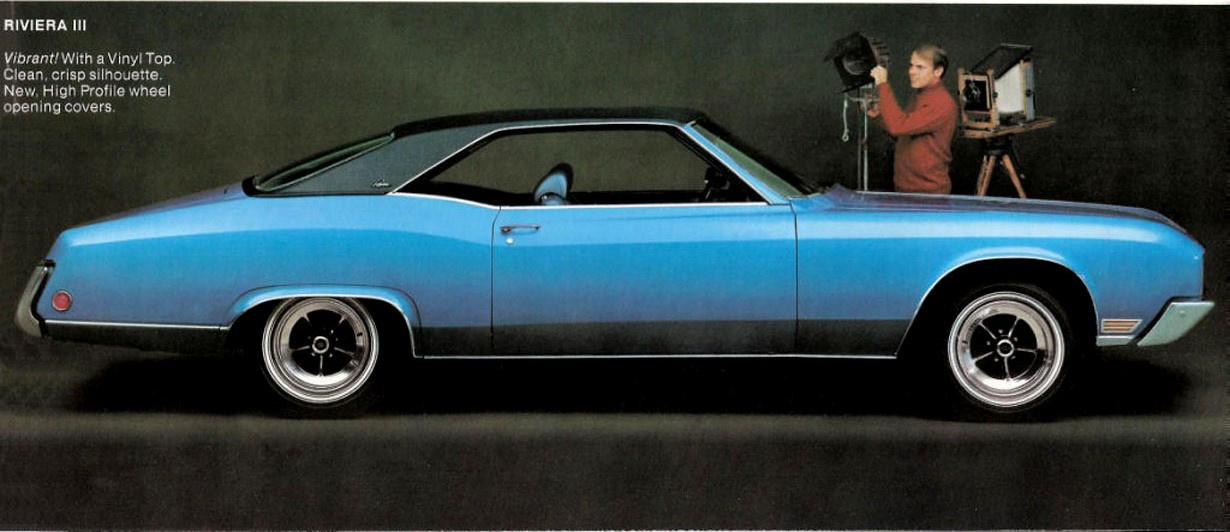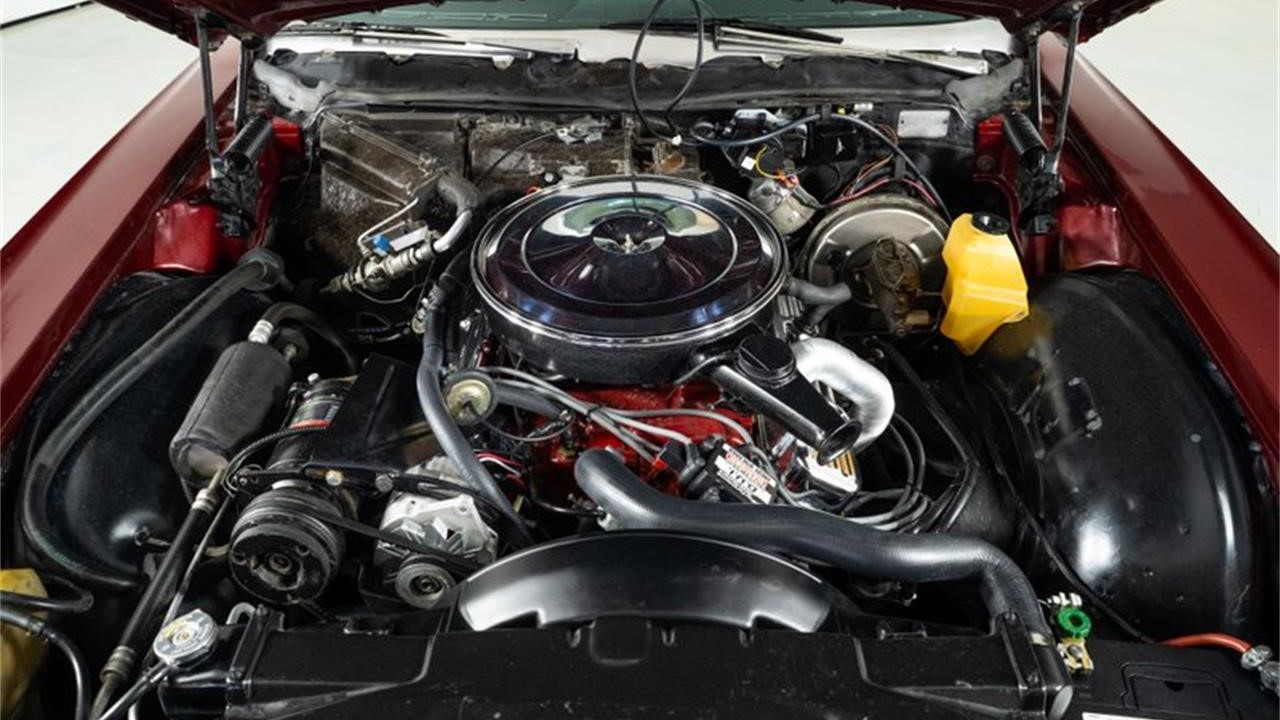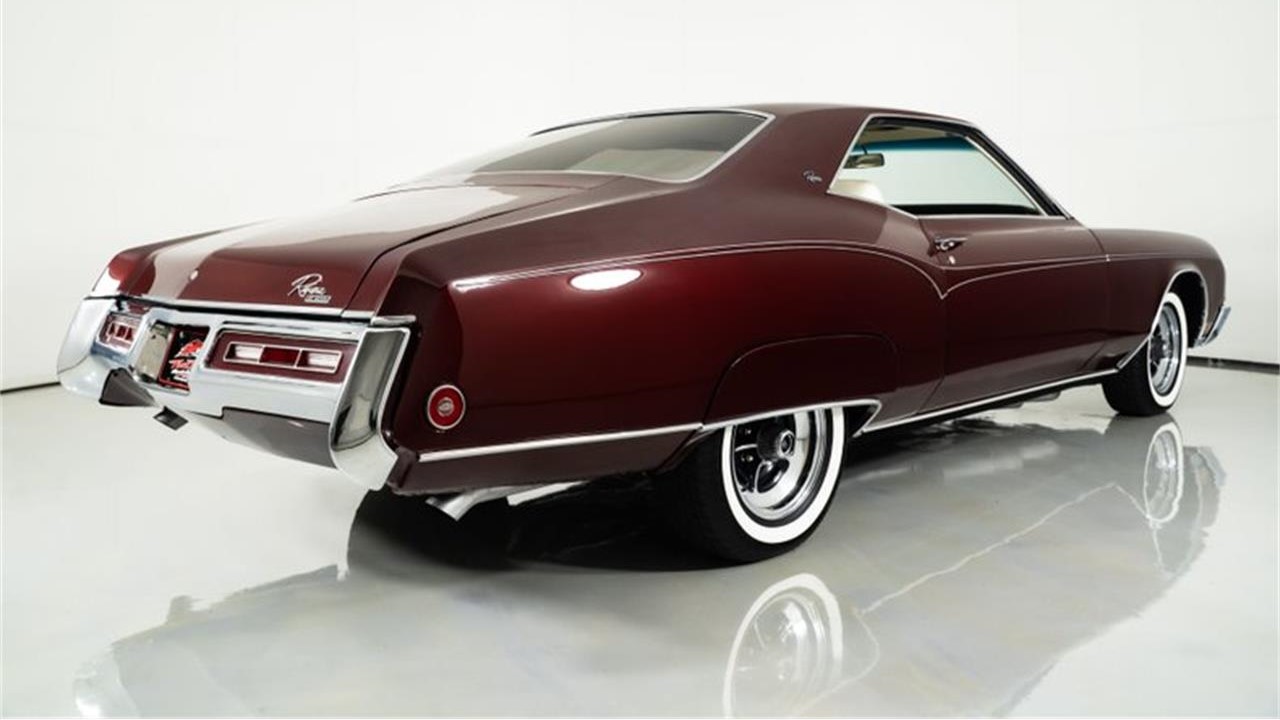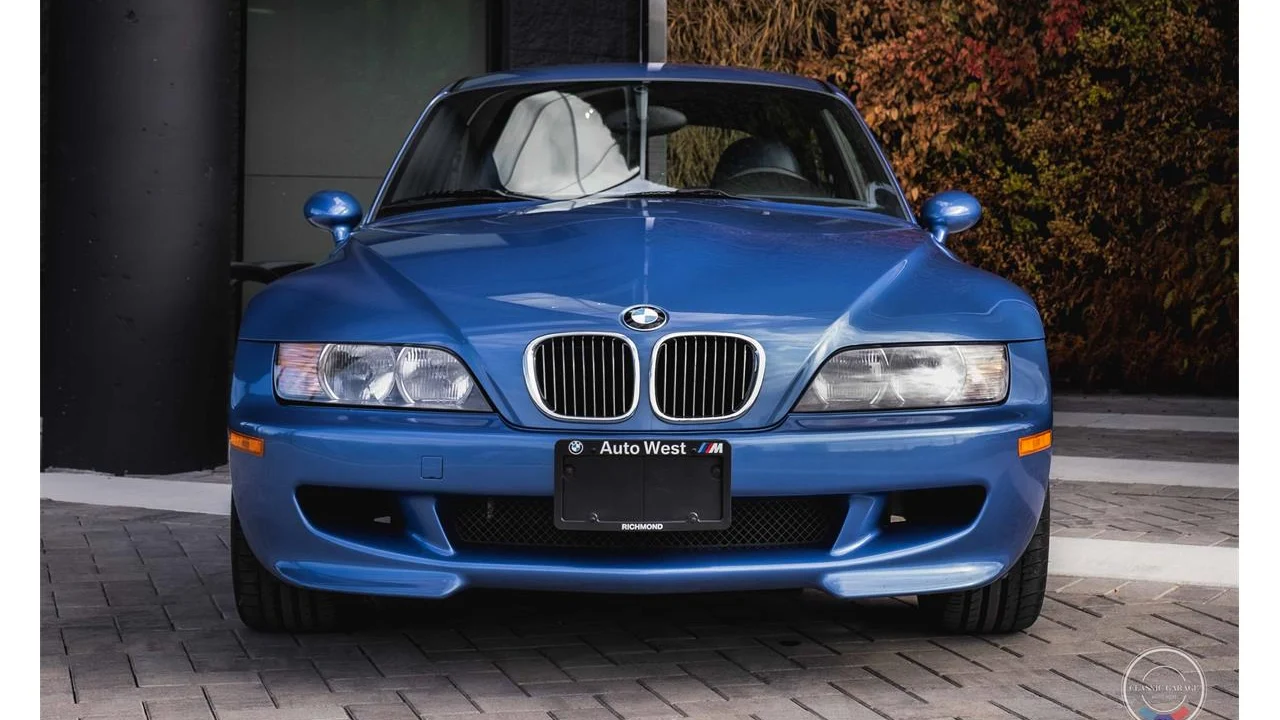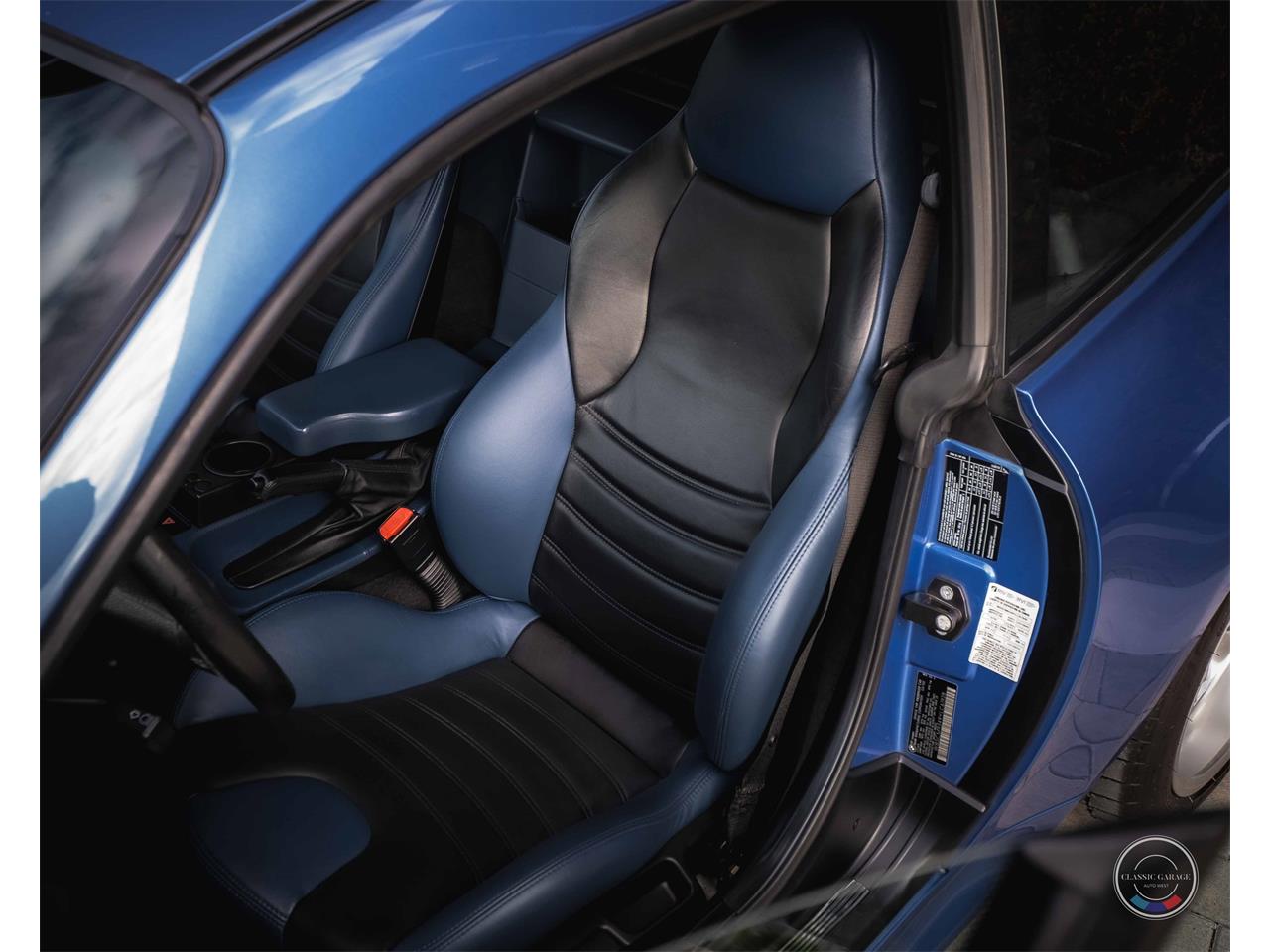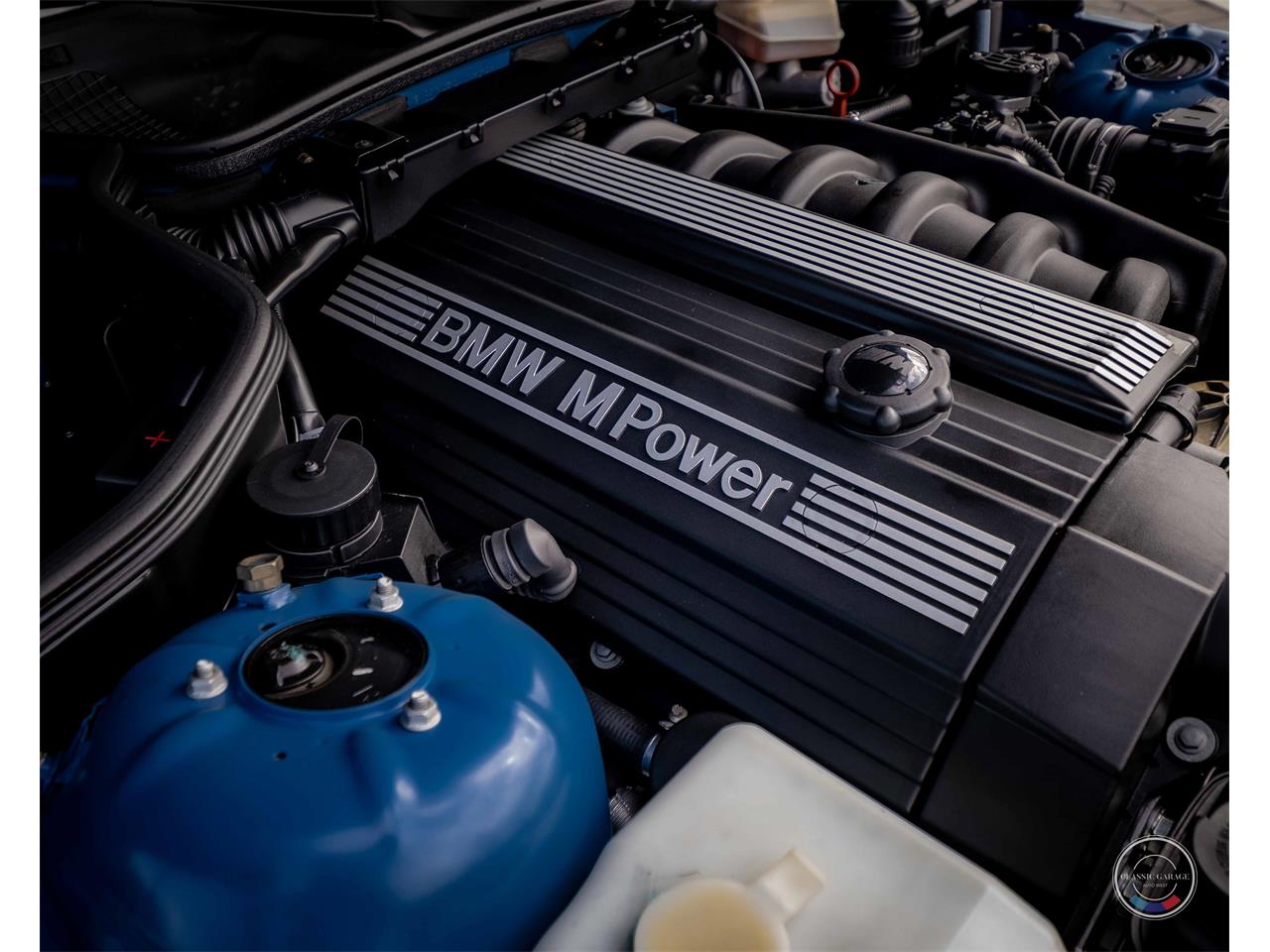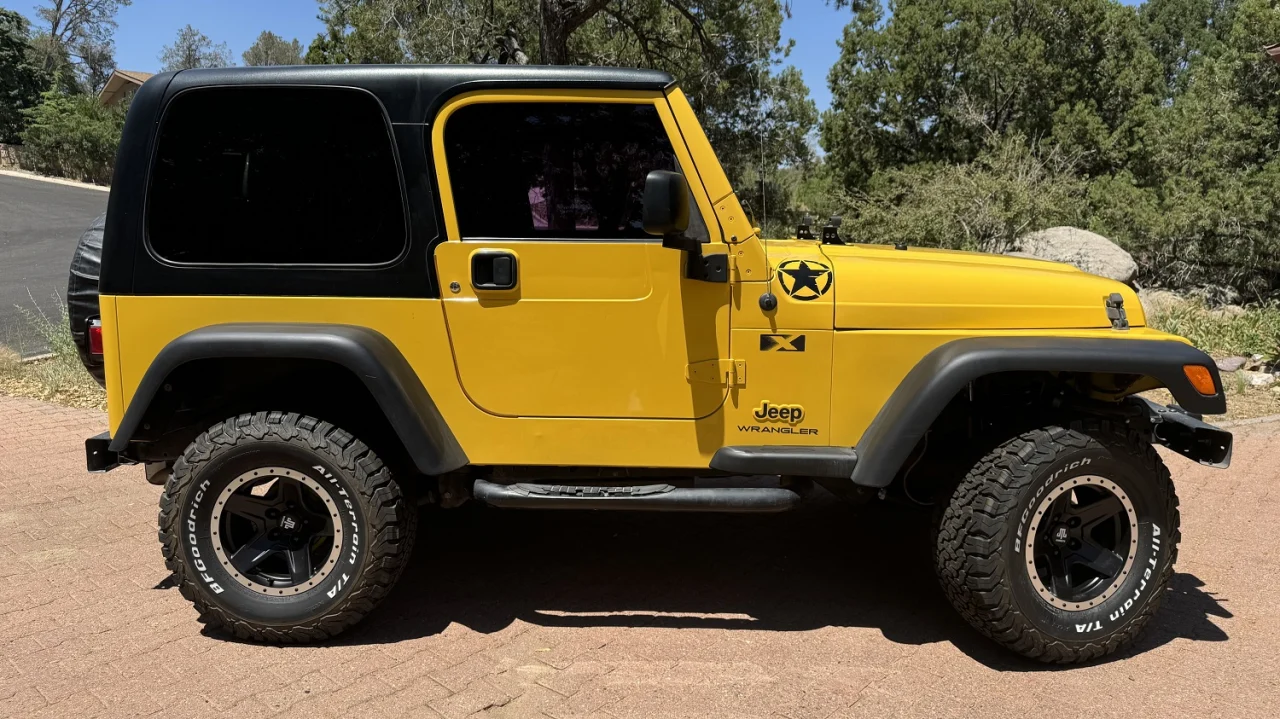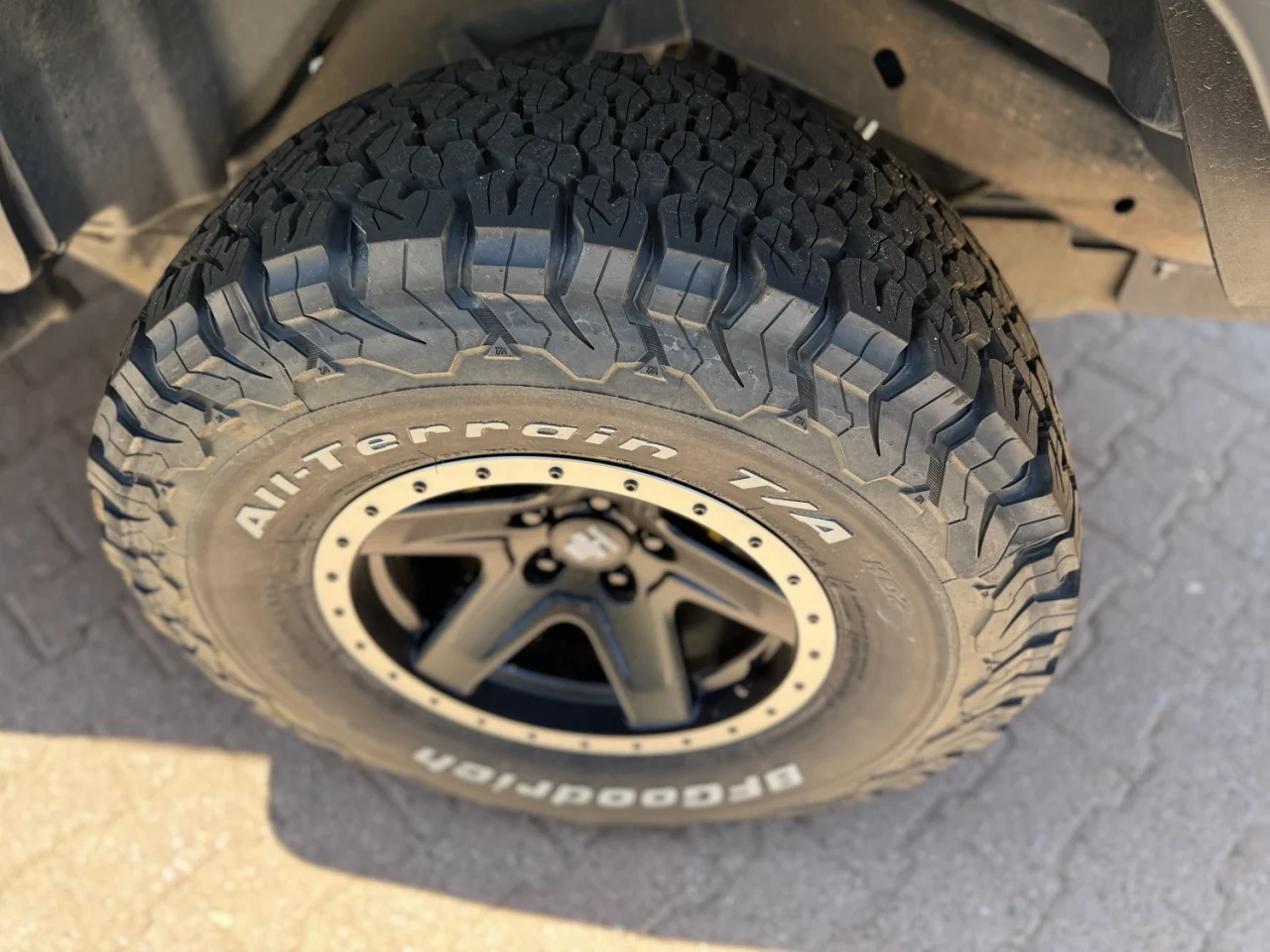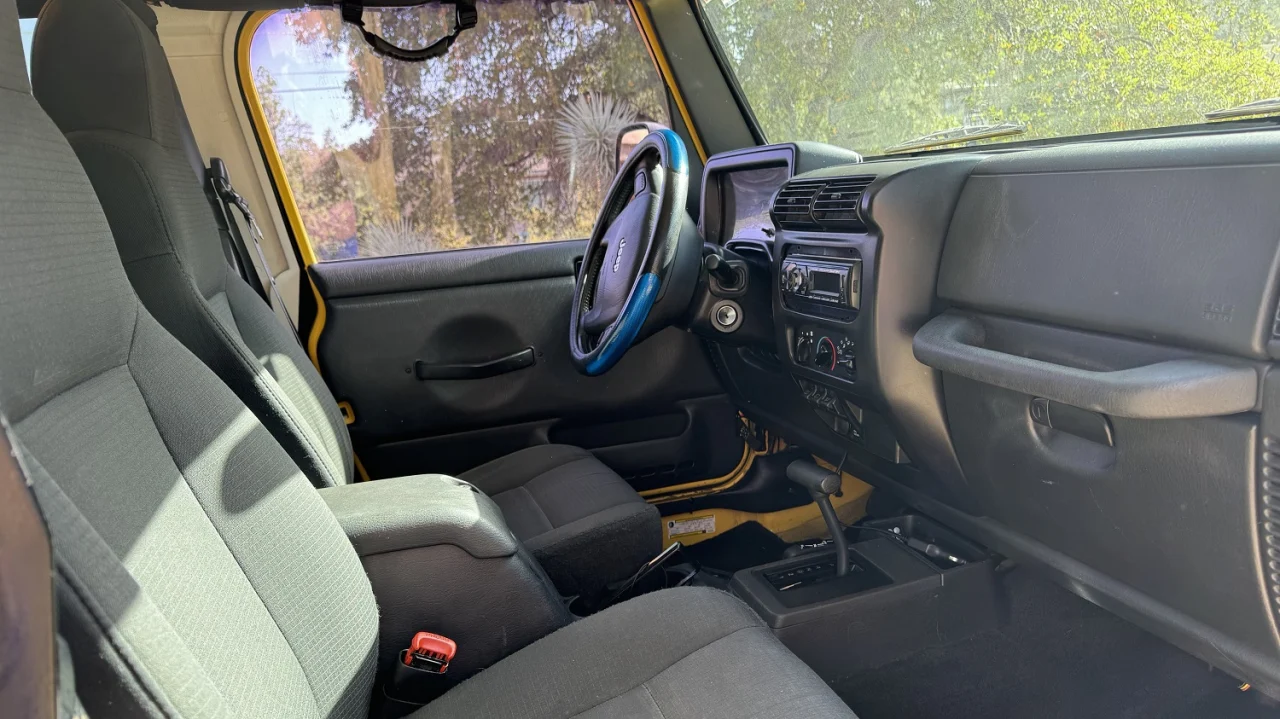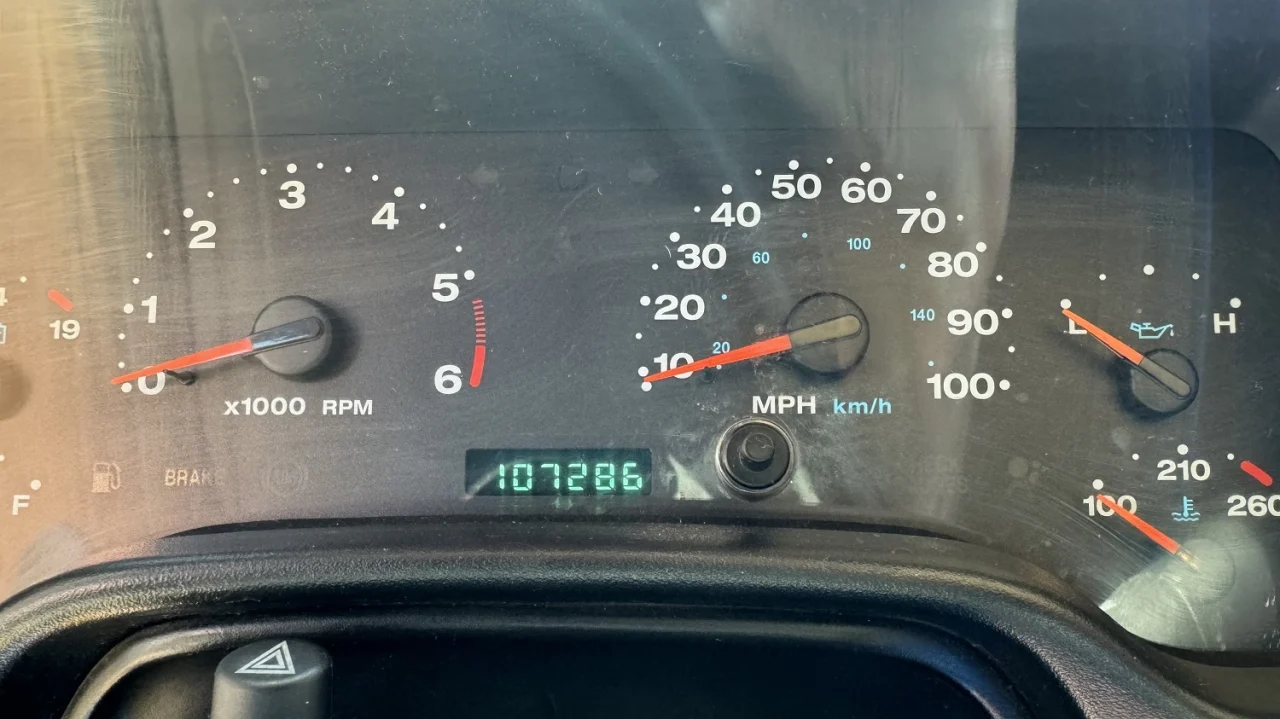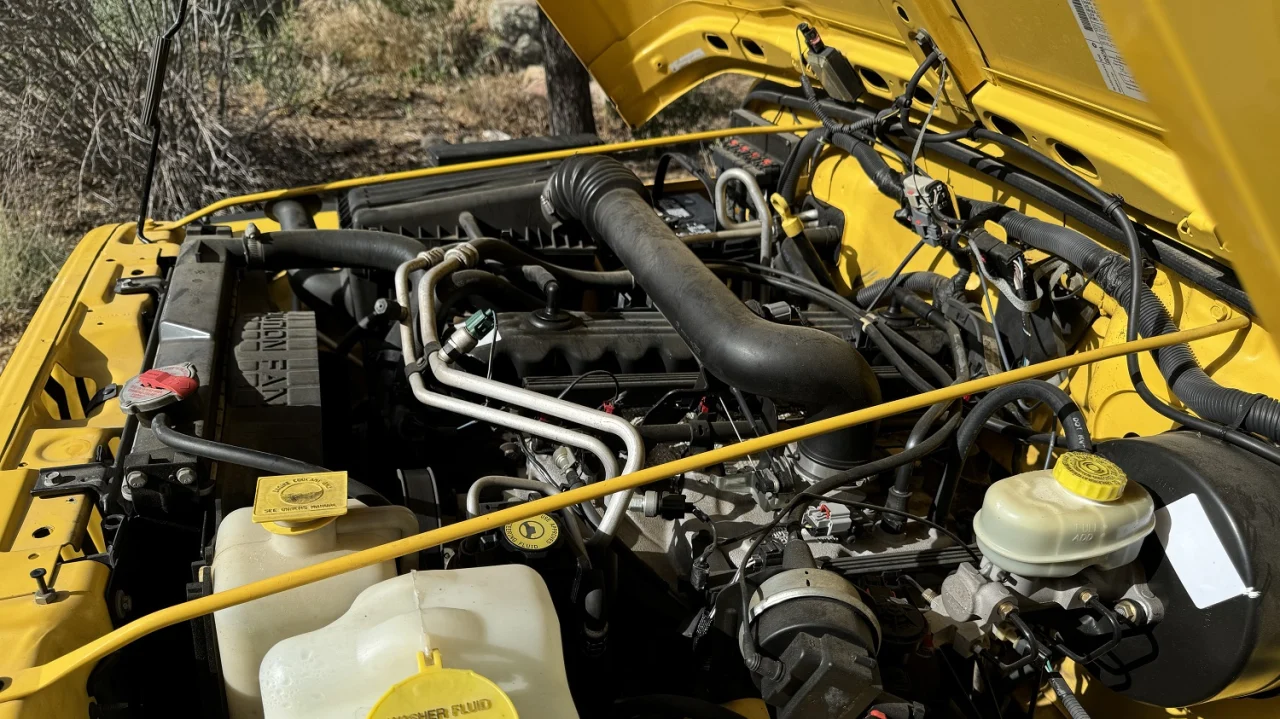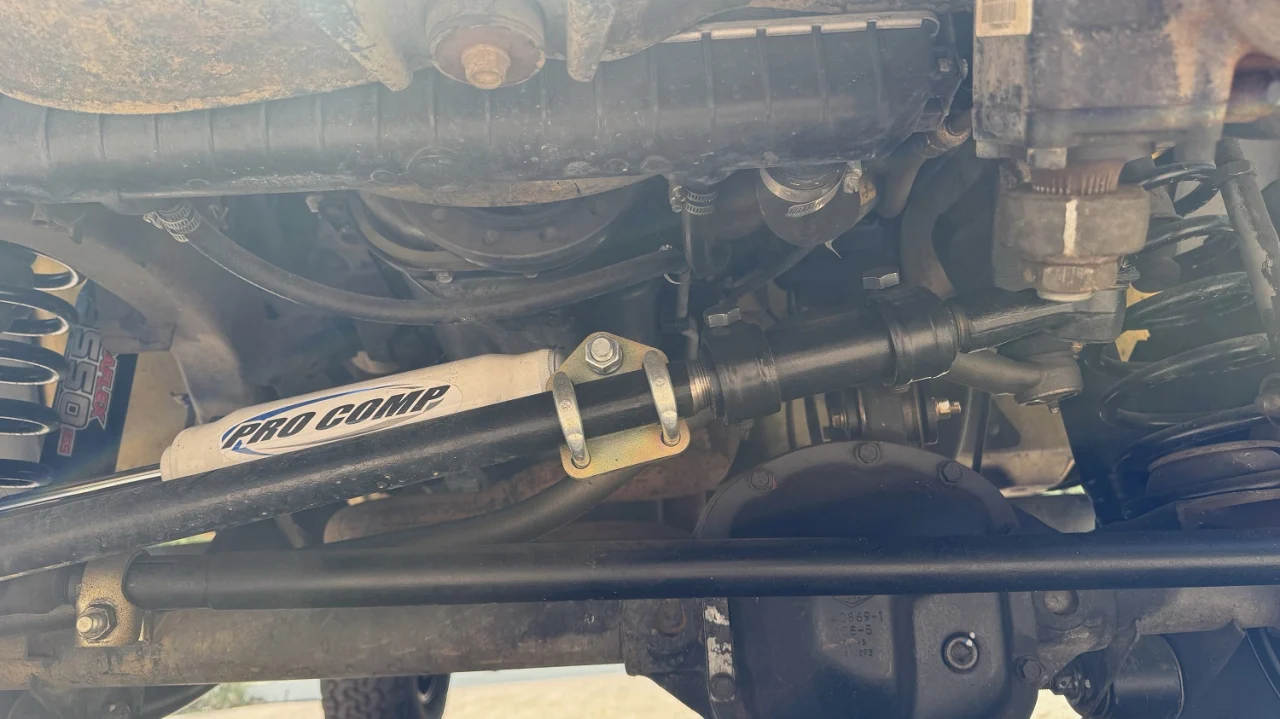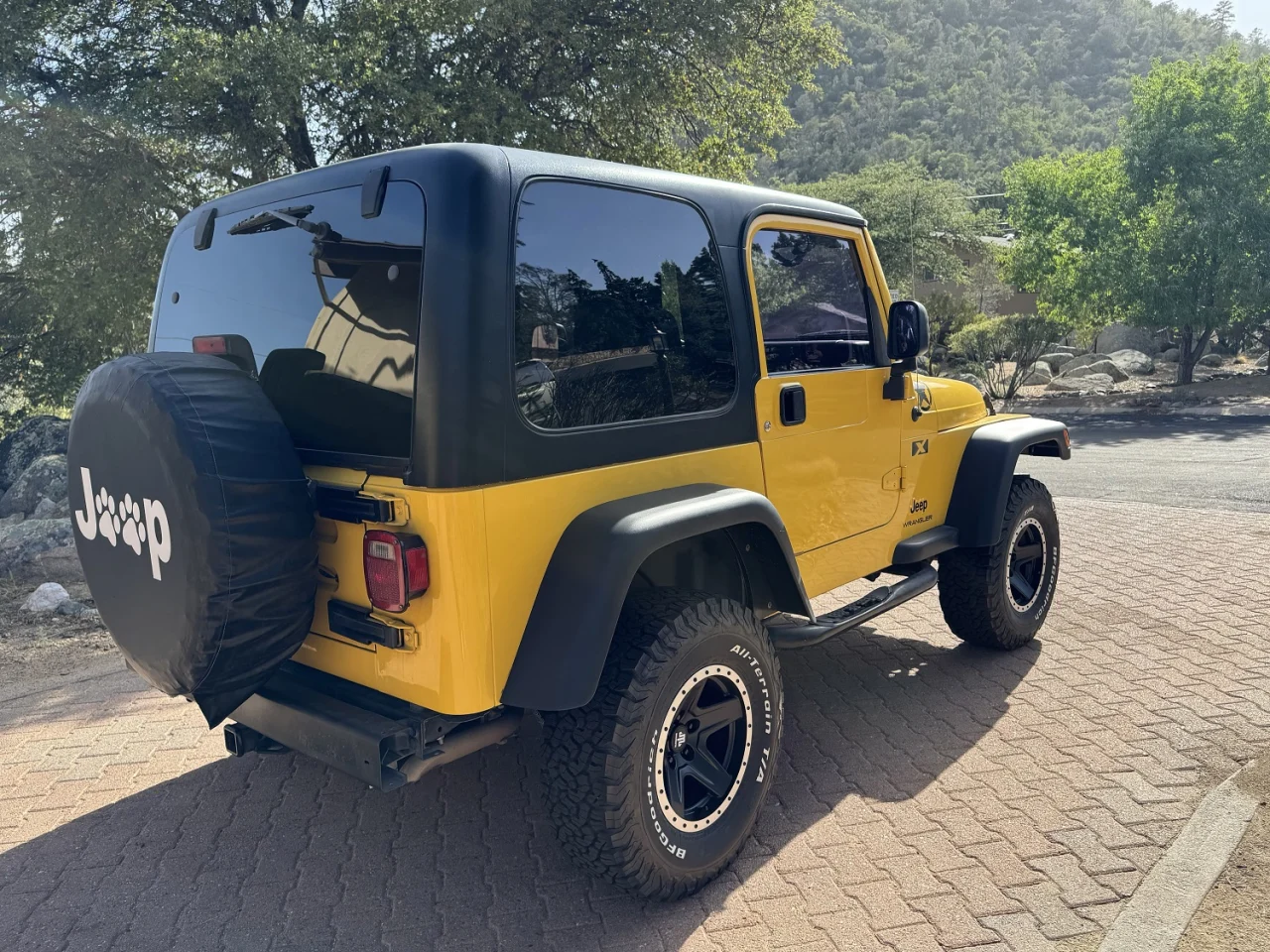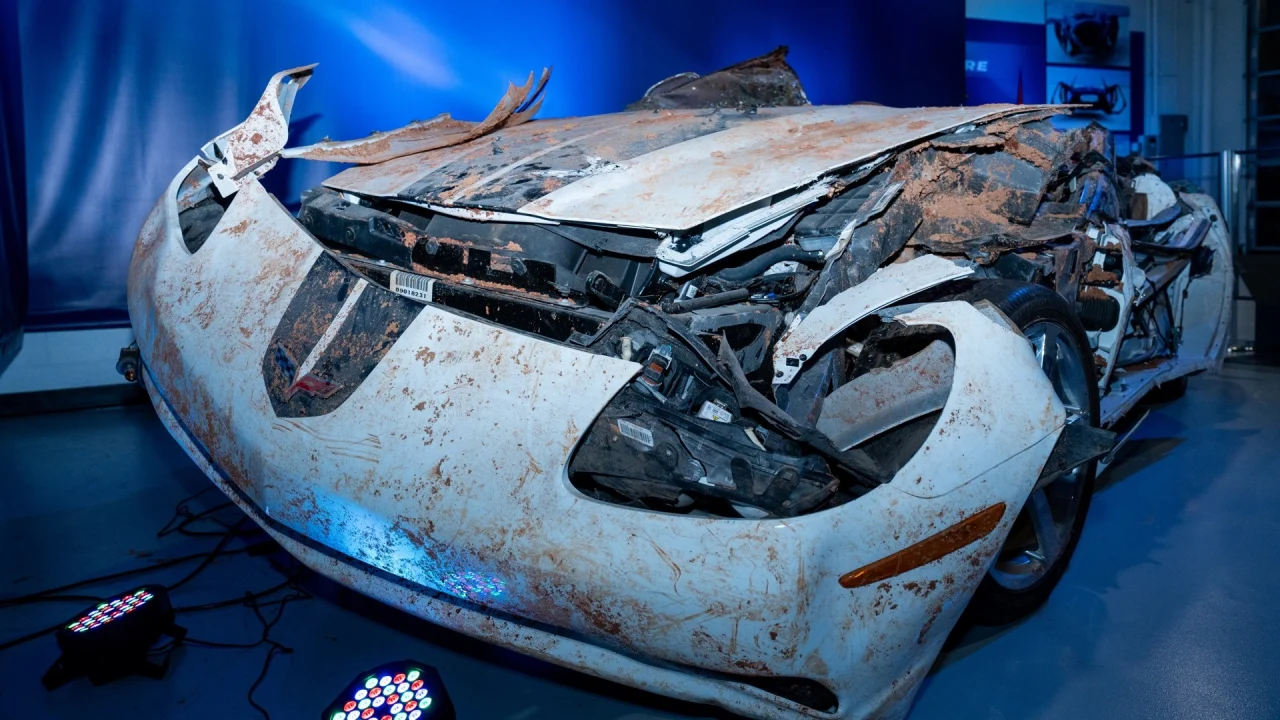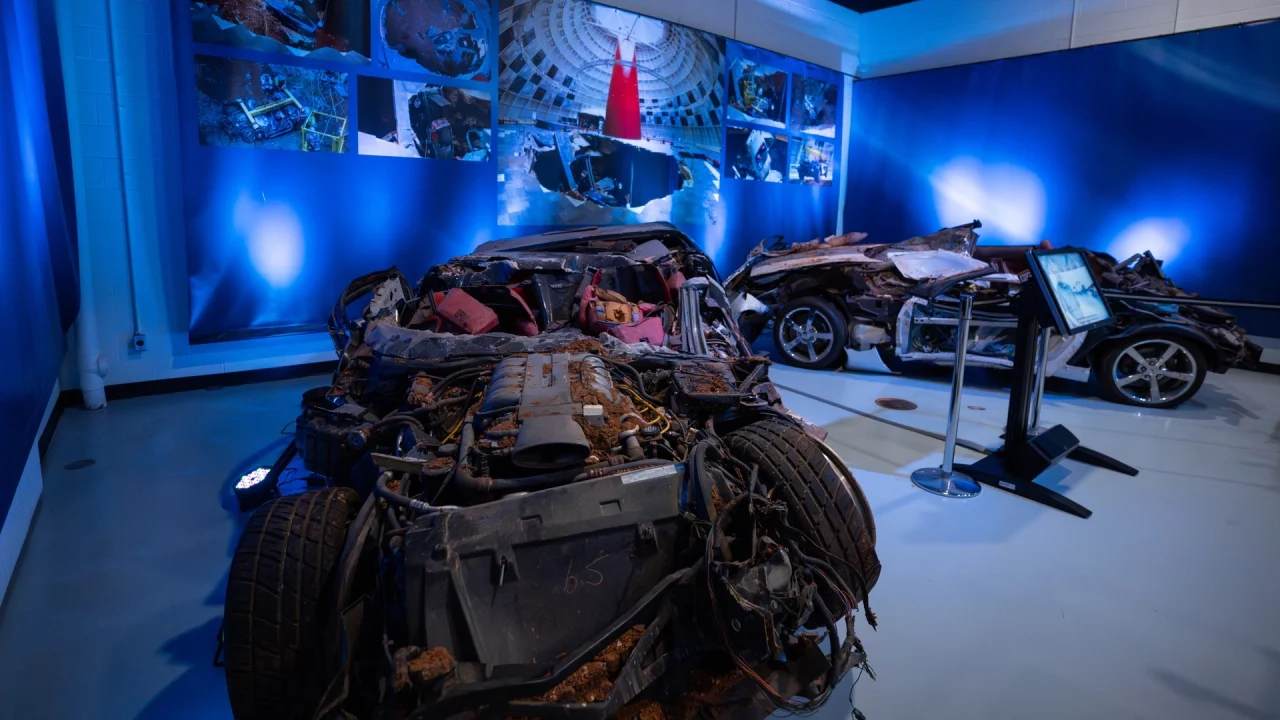Featured on AutoHunter.com, the online auction platform driven by ClassicCars.com, is this 1970 Ford Mustang Boss 302.
If there is one kind of sporting car I love, regardless of what company builds them, it is just about any homologation special. The reason is, for those of you who do not speak racing car geek, that a homologation special is the street version of a racing car. They are built to fulfill the requirements that GT class cars be based on one that is sold for road use. Some notable homologation cars are the 1973 Porsche 911 Carrera RS, the Lancia Stratos, and the Mercedes-Benz CLK-GTR. All of these cars were built so manufacturers could race the competition versions in professional racing. However, one of the most affordable homologation cars is the Boss 302.
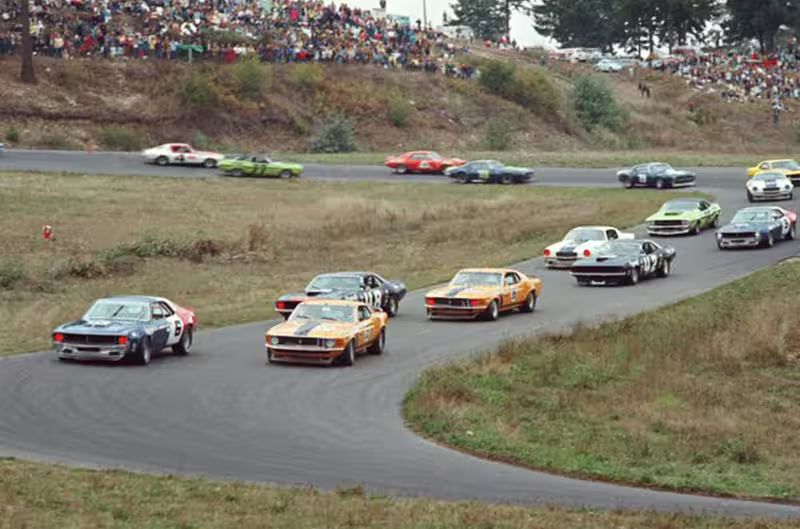
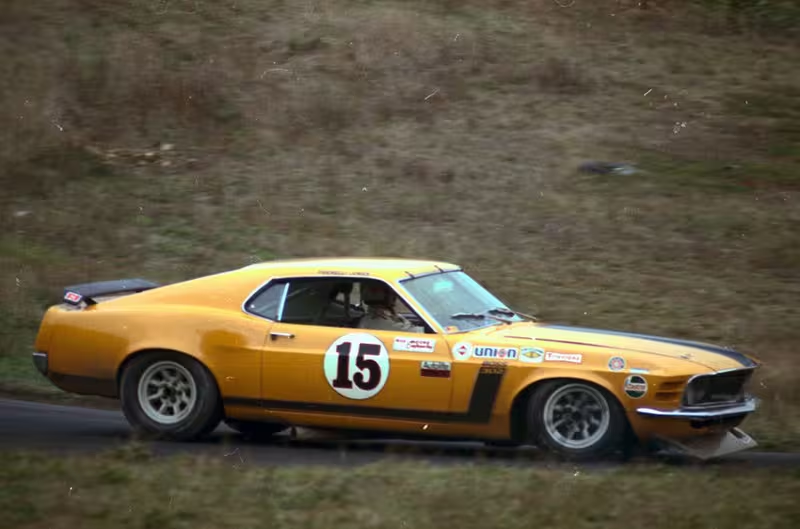
The Boss 302 was built to compete with the Chevrolet Z28 in Trans Am racing. They saw how the Z28 was not only winning on track but also in the showroom and decided to do the same. The result was the Boss 302, which just might be the most sporting and best balanced classic high performance Mustang Ford ever built.

Our AutoHunter Spotlight is described as a restored 1970 Ford Mustang Boss 302 with over $100,000 invested. It is powered by an original rebuilt and blueprinted 302ci V8 mated to a rebuilt close-ratio four-speed manual transmission. The car is painted in its correct Bright Yellow paint over a refreshed Black Rhino/Corinthian vinyl interior. It is offered by the selling dealer with a build sheet, original owner’s manual, Marti Report, and a clear title.

The car features Hockey-stick Boss 302 decals, rear window “sport slats” louvers, a factory correct Hurst T-handle manual shifter, an updated RetroSound stereo, Power brakes, and the 3:91 gear set.
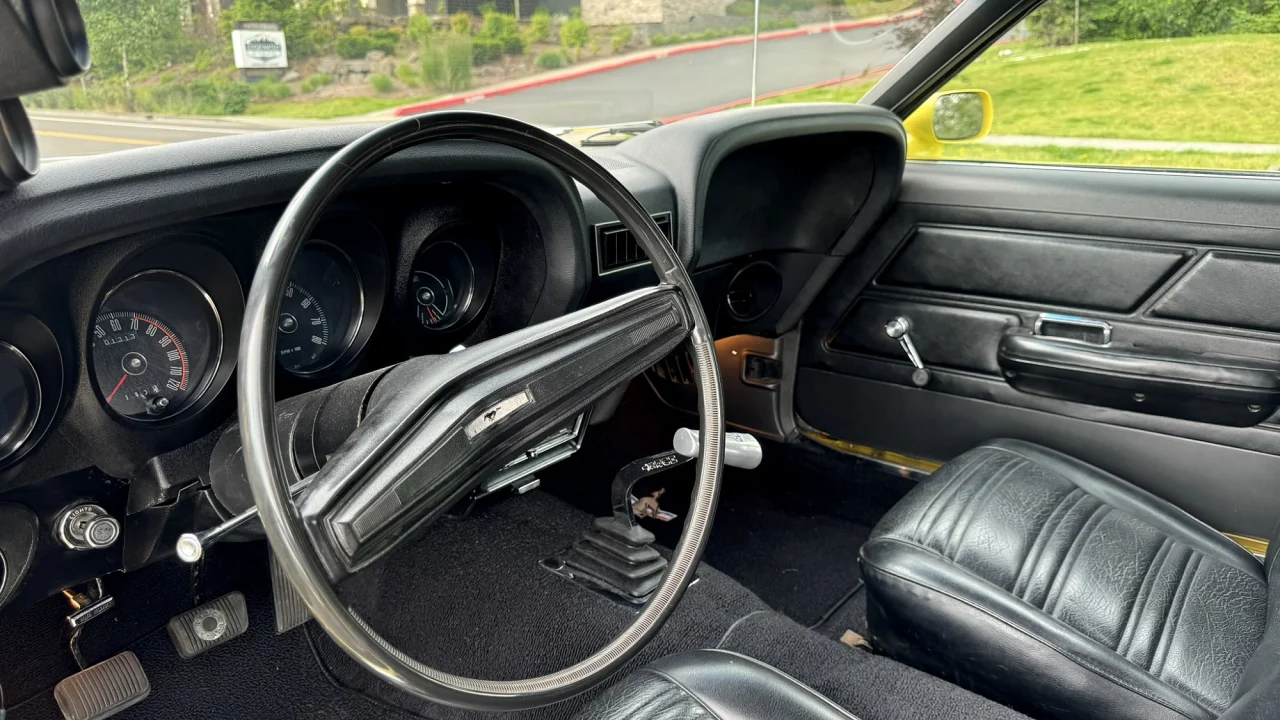
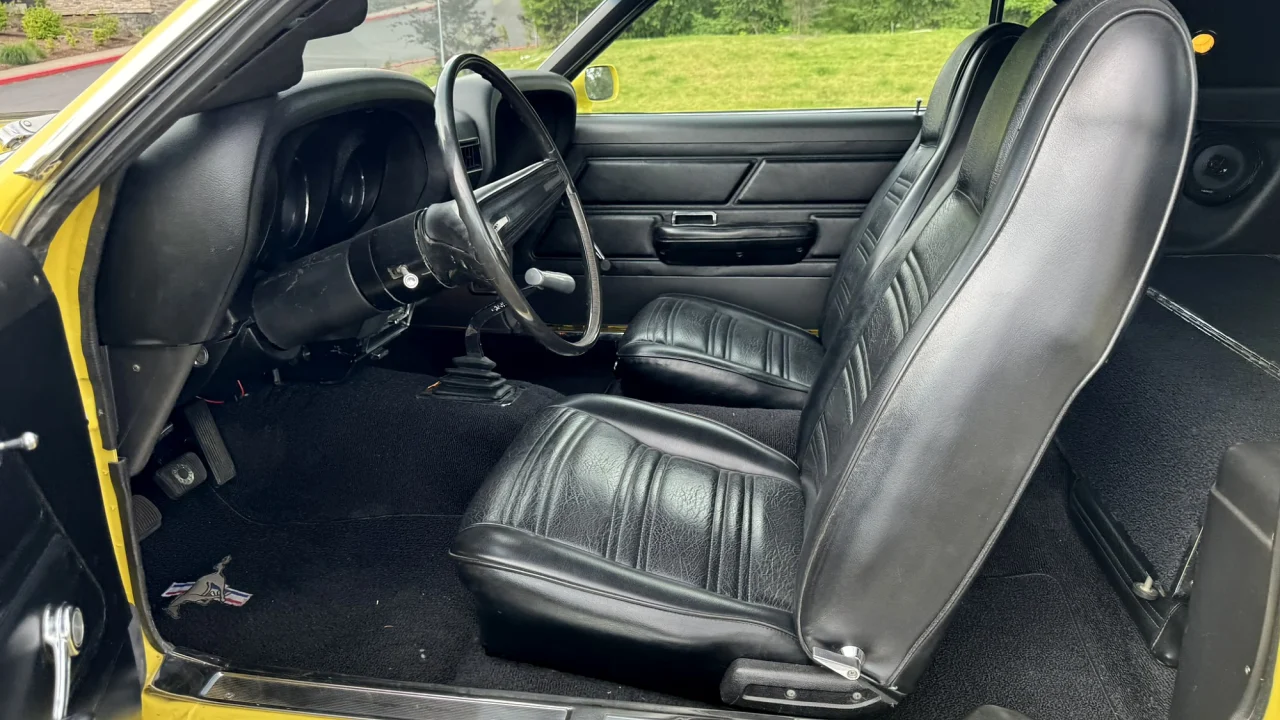
Under the hood resides the correct 302ci Ford Boss engine with additions including a K&N air filter, MSD ignition, stainless steel headers, and a Comp Cams vacuum canister reservoir. The photos show a very clean engine compartment and these nice modifications to the powertrain are easily reversible through I would leave the car alone and use it as-is due to the increase in horsepower that they offer.
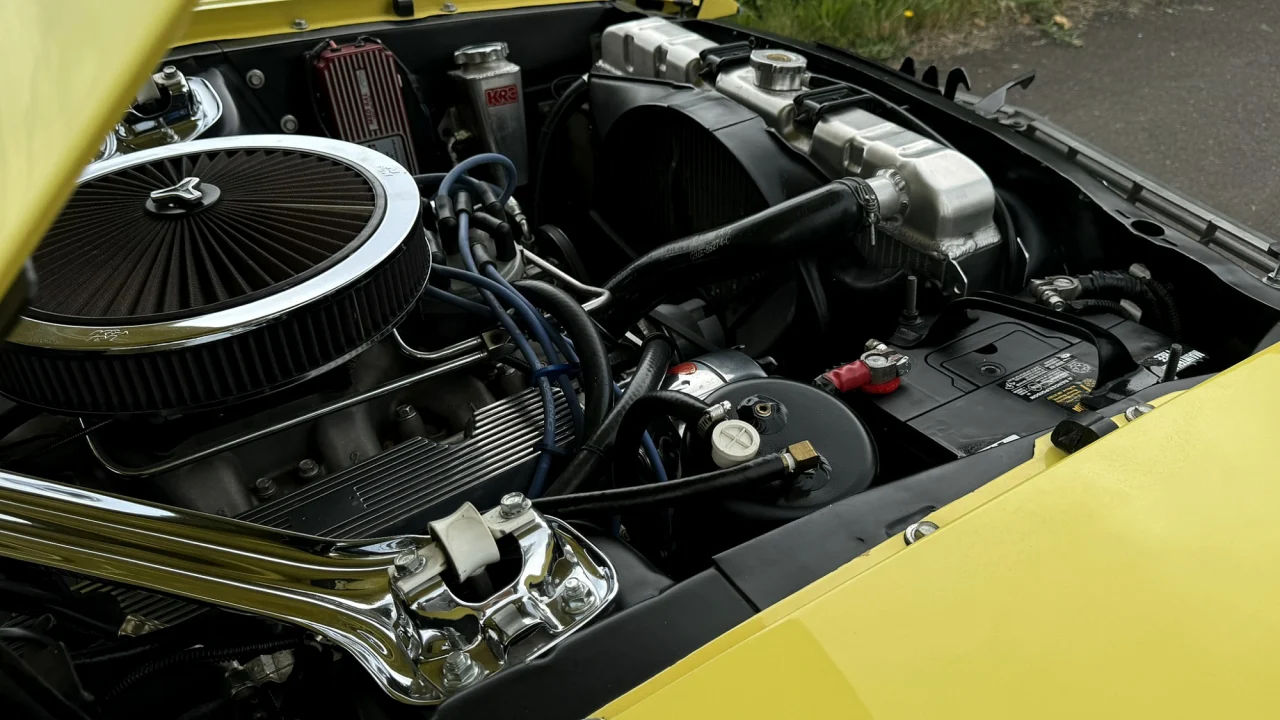
This Boss 302 is said to be free from any substantial imperfections and included with the car are some important documents which include the factory build sheet.
If you want one of the coolest classic Mustangs that Ford ever built, a car that is fun to drive with great racing heritage and an iconic look, then why not place a bid or two on this awesome Boss 302.
The auction for this 1970 Ford Mustang Boss 302 ends on Monday, July 22, 2024 at 12:00 p.m. (PDT).
Visit the AutoHunter listing for more information and a photo gallery

